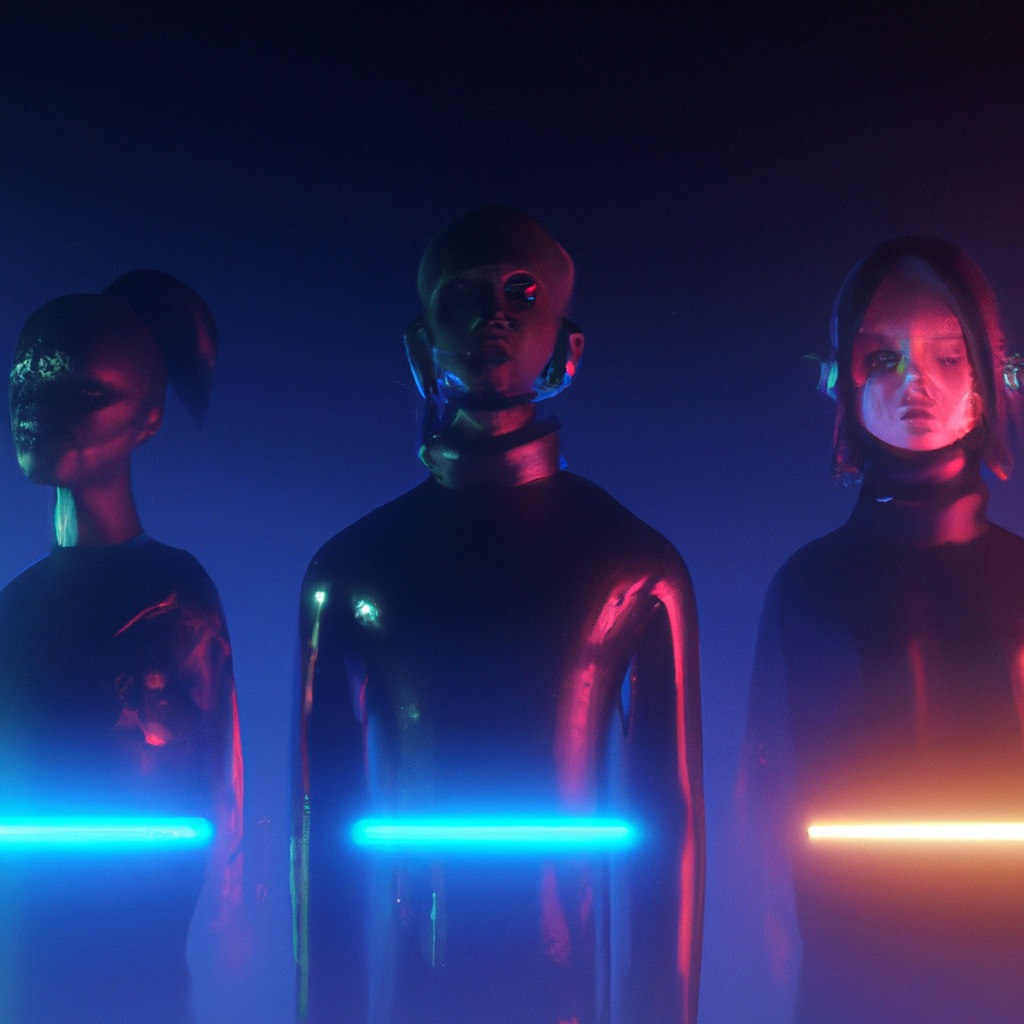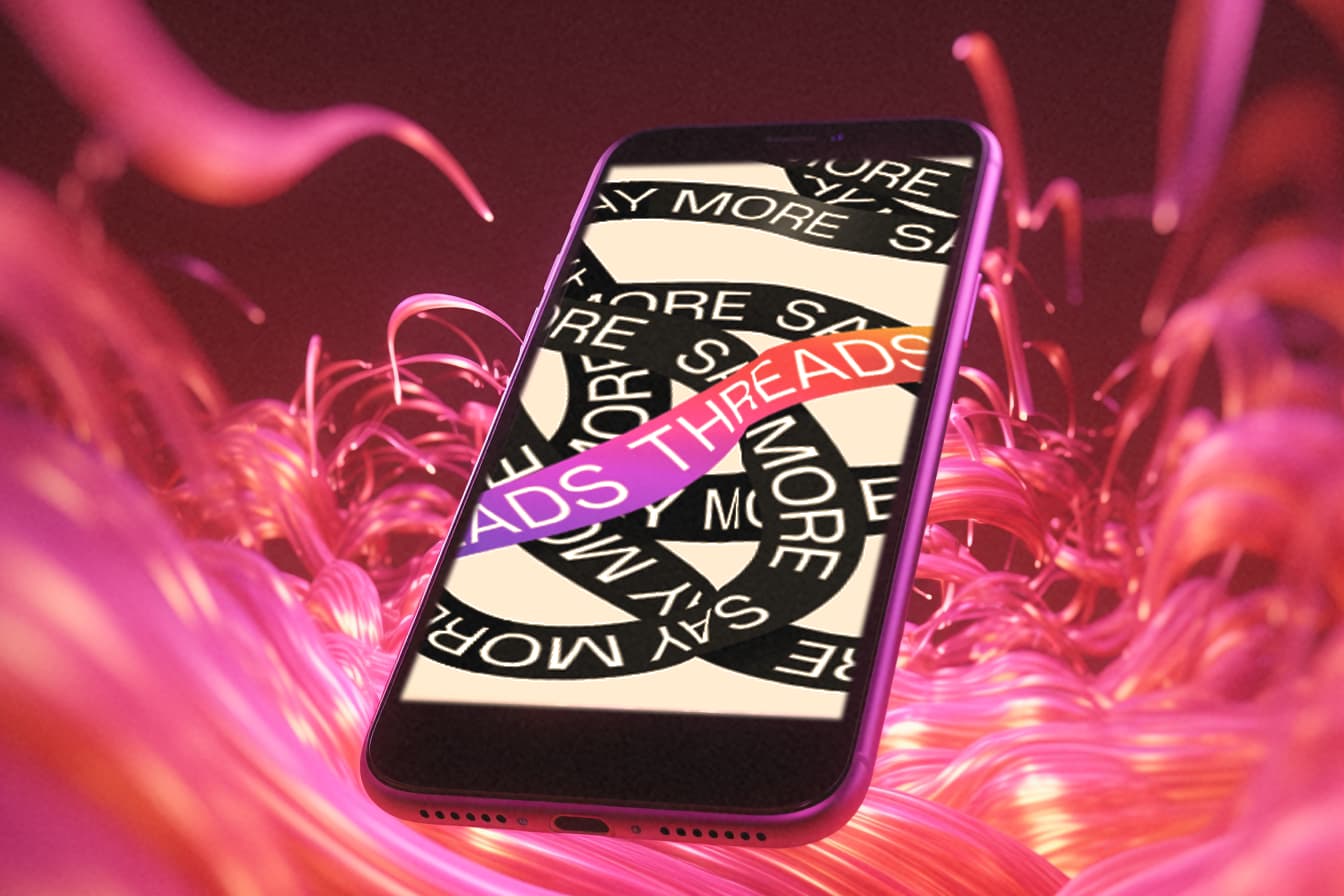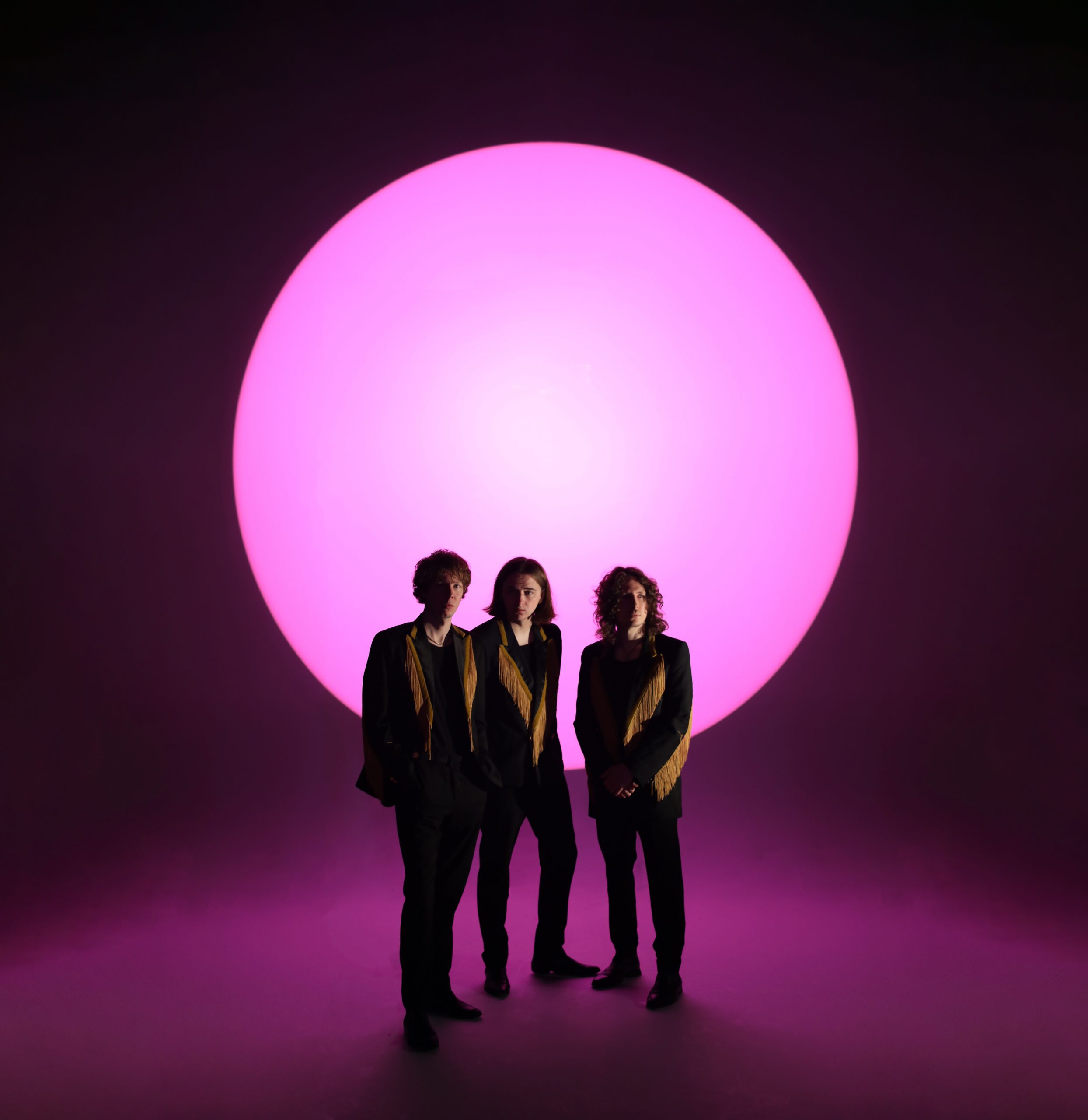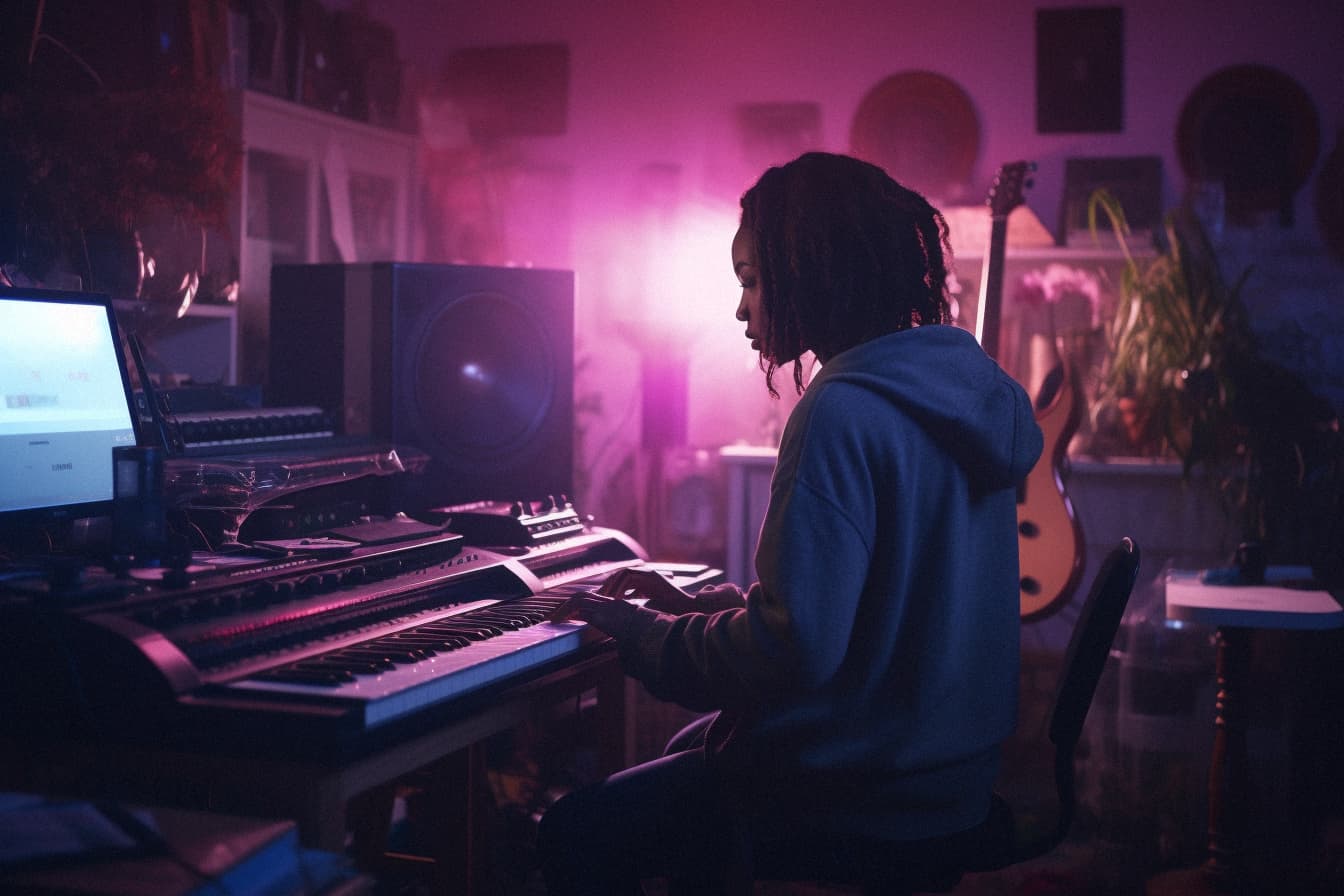The Music NFT Community Is The New Fan Club
In 2021, the global music industry was worth $26 billion. Despite this colossal number, artists rarely get proper credit or compensation for their work.
Blockchain and NFT technology give artists the power back by enabling them to create a music NFT community that allows them to pursue a long-term, fan-driven career. In this article, we will explore the reasons why music NFTs are being used to transform audiences into a full-fledged community.
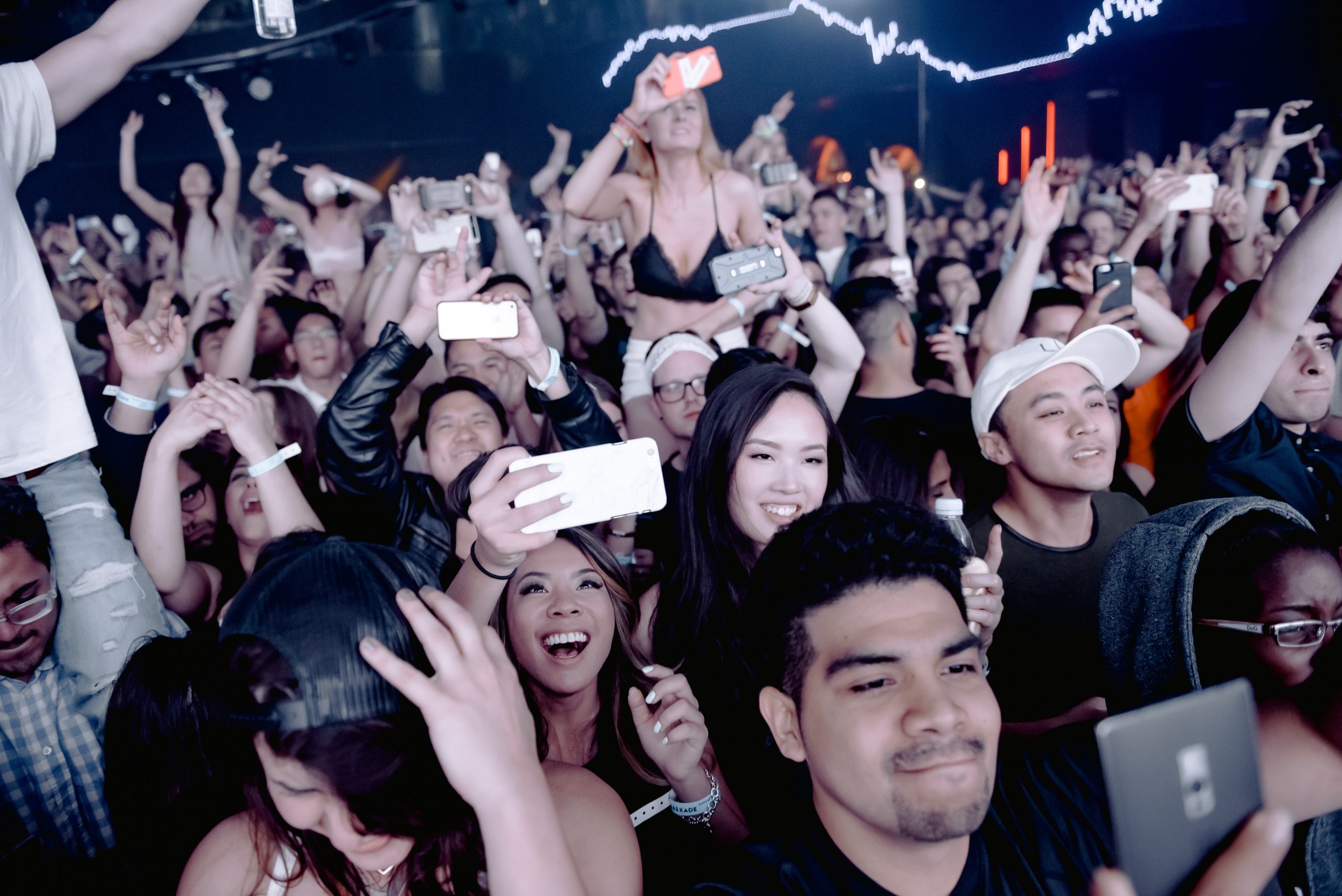
How are music NFTs bringing about a paradigm shift?
Music NFTs allow artists to create collectibles that can be owned and traded by fans. Here are four reasons why music NFTs are a great source of revenue for artists.
A way to build a fanbase
Artists can use NFTs to grow their fanbase by connecting with fans, building a community, and creating a fanbase. Through their music NFT community, artists can communicate with their fans and get feedback on their work in real-time. Other interactions include perks such as exclusive merch, meet and greets, fan hangouts, surprise NFT drops, and so on.
An innovative revenue stream
Music NFTs are the perfect platform for artists to monetise their work. When a fan buys a music NFT, they not only buy the right to listen to a song but also invest in the artist who receives royalties every time the NFT is sold and resold.
Artists can also sell their music NFTs directly to collectors or investors. This is good news, as it gives both sides more control over product sales, curation, and revenue.
A way how to own and set the value of their work
As the artist, you can set the value of the collectible. You decide when to sell it and how much it will cost. If you want to create a limited edition or make other changes to your work, you can do that too.
Furthermore, artists earn more money without having to sacrifice ownership or control over their work. They can sell their products at any time, whether they’re touring or not, giving them more financial stability.
Create asset scarcity
Artists can use NFTs to create scarcity for their assets. In fact, scarcity is a good thing for artists. When an artist creates and sells a music NFT, a fan or investor knows only a few editions will be available. Therefore, if they want it, they will have to act quickly. This drives demand for the asset in question and makes it more valuable.
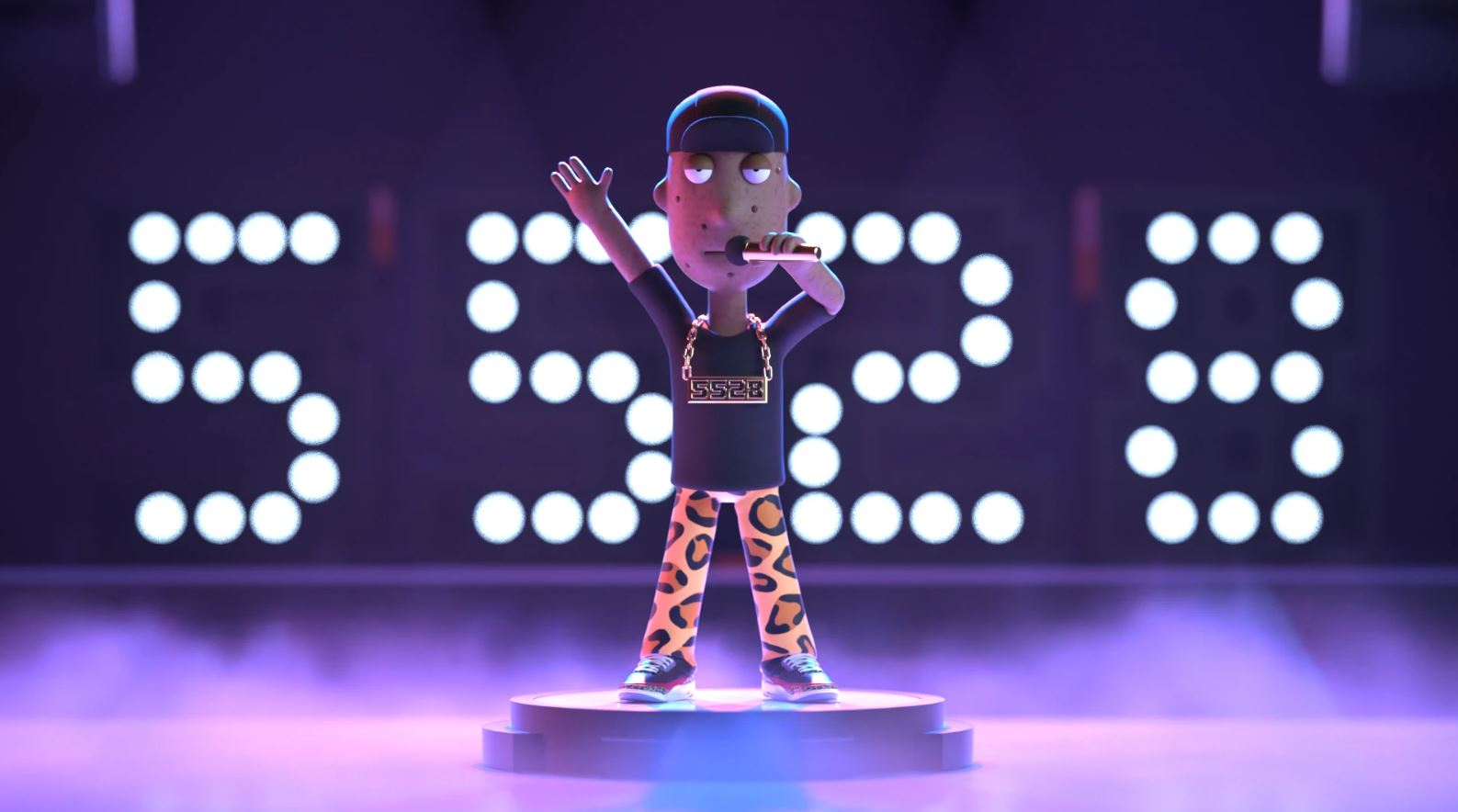
Photo credit: Complex
What is a community?
The sociological definition of community is “a group who follow a social structure within a society (culture, norms, values, status). They may work together to organise social life within a particular place, or they may be bound by a sense of belonging sustained across time and space.”
Online communities can indeed fit this definition and have proven to be a game changer for many people. They are supported by the development of technology and enable real-time communication between people who share common interests but live in different parts of the world.
With Web3, communities are being taken a step further. Through music NFTs, artists have the newfound potential to create an exclusive music NFT community for their top fans. Through this community, fans and followers transform into a dedicated community that, while built by artists, can transform into its own entity. This is where DAOs come in.
What is a DAO?
DAOs, or decentralized autonomous organisations, are decentralized internet communities owned by their members. This means there are no leaders or central governing bodies.
Artists can create their own DAOs by creating music NFTs, which can be used as DAO membership tokens. By creating a DAO, they develop a music NFT community that facilitates two-way communication between fans and artists and fans between themselves.
Two-way communication allows DAOs and communities to thrive. Through the DAO, artists can raise funds, ask their fans to give them input on new songs, and involve fans in the creative process. In addition, fans can organise their own meetings, initiate fundraising initiatives, elect their community moderators, and make friends with like-minded people.
A Web3 version of the 1000 true fan theory
Kevin Kelly’s 1000 true fan theory is based on the concept that artists only need 1000 true fans to maintain a musical career. According to Kelly: “The takeaway: 1,000 true fans is an alternative path to success other than stardom. Instead of trying to reach the narrow and unlikely peaks of platinum bestseller hits, blockbusters, and celebrity status, you can aim for a direct connection with a thousand true fans. On your way, no matter how many fans you actually succeed in gaining, you’ll be surrounded not by faddish infatuation, but by genuine and true appreciation.”
The Web3 version of Kevin Kelly’s 1000 true fan theory can be whittled down to 100 true fans. According to MODA DAO, each of the 100 true fans will become an investor in your music through initiatives such as music NFTs or other micro-investments. Through such patronage, artists can create art without having to rely on corporations or labels. On the other hand, fans do not only receive content. Instead, they are compensated for their investment through exclusive collectibles and in some cases, through a percentage of the royalties.
Final notes
Music NFTs are powerful tools that can transform an artist’s career trajectory. They are also a new way for artists to connect with fans.
They can be used to raise capital and build a fan base, earn money from their art, own their work and set the value of the collectible, create scarcity for their assets and share content with other users on the platform. Undoubtedly, music NFT communities are still in their infancy. However, if utilised well, they can help an artist achieve true independence.



